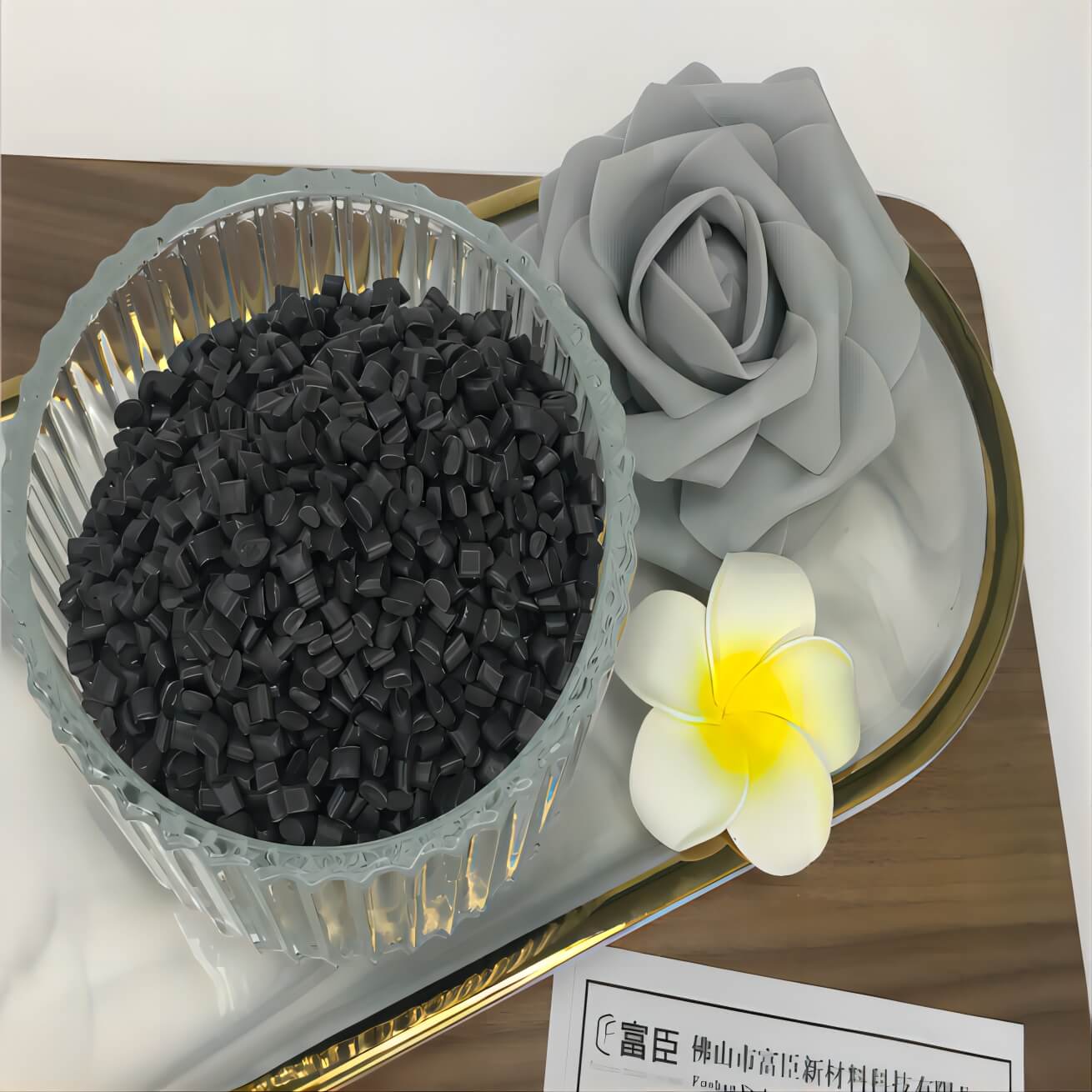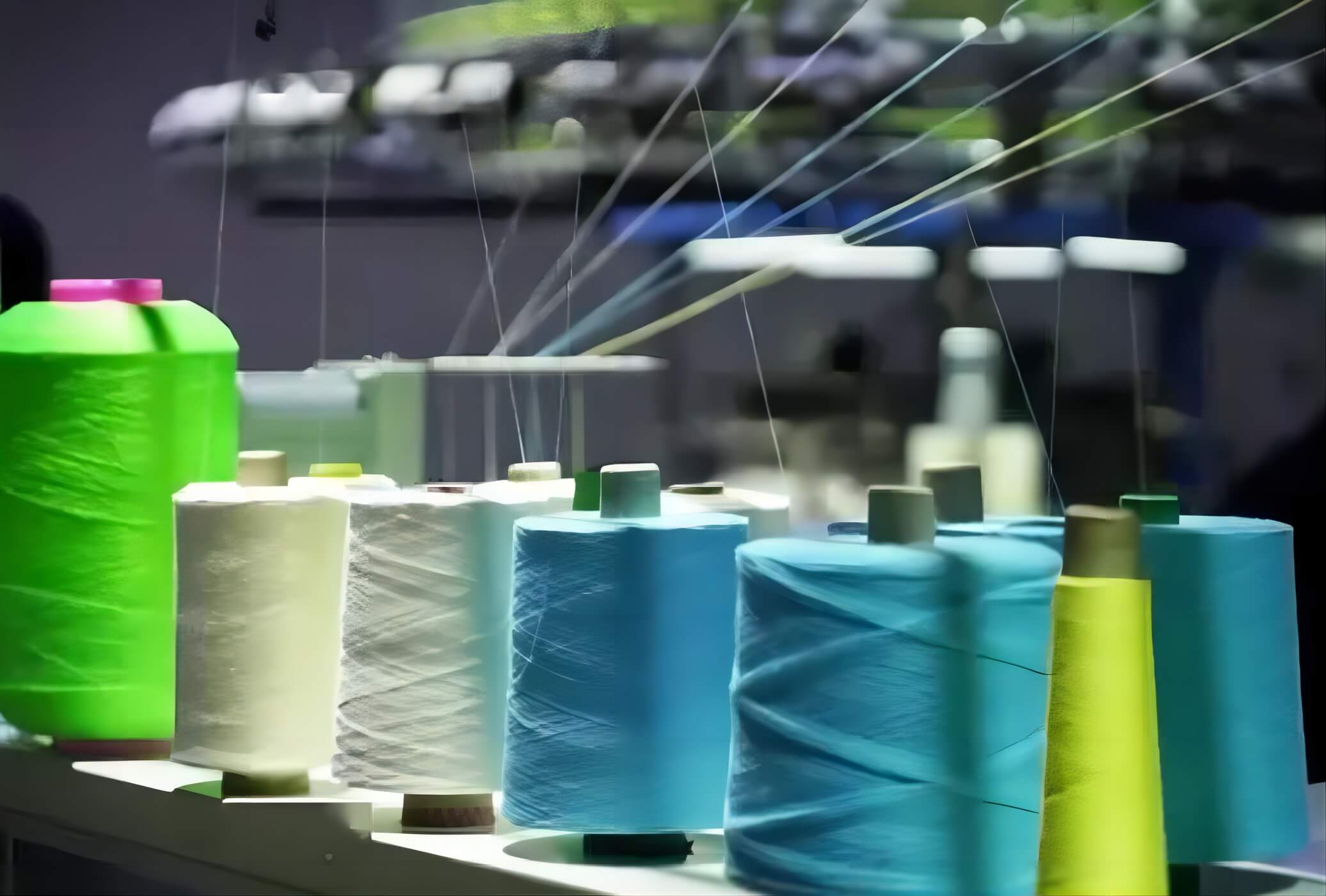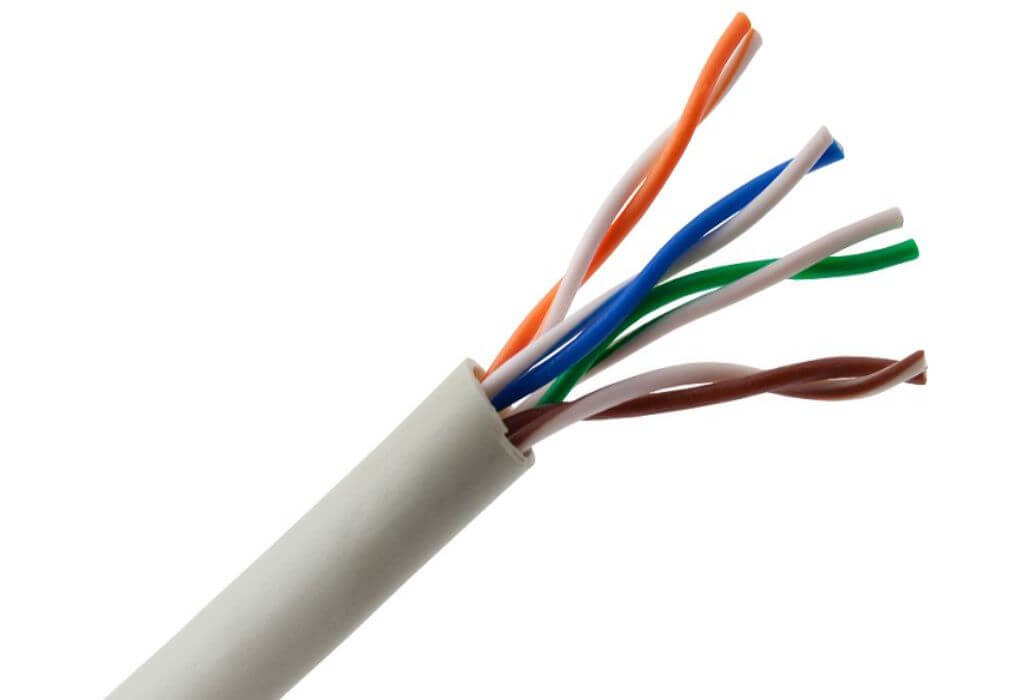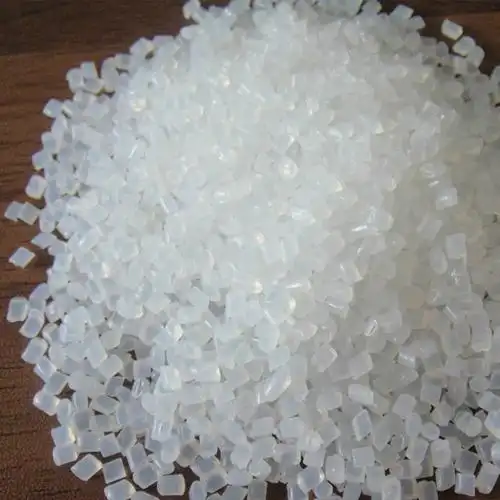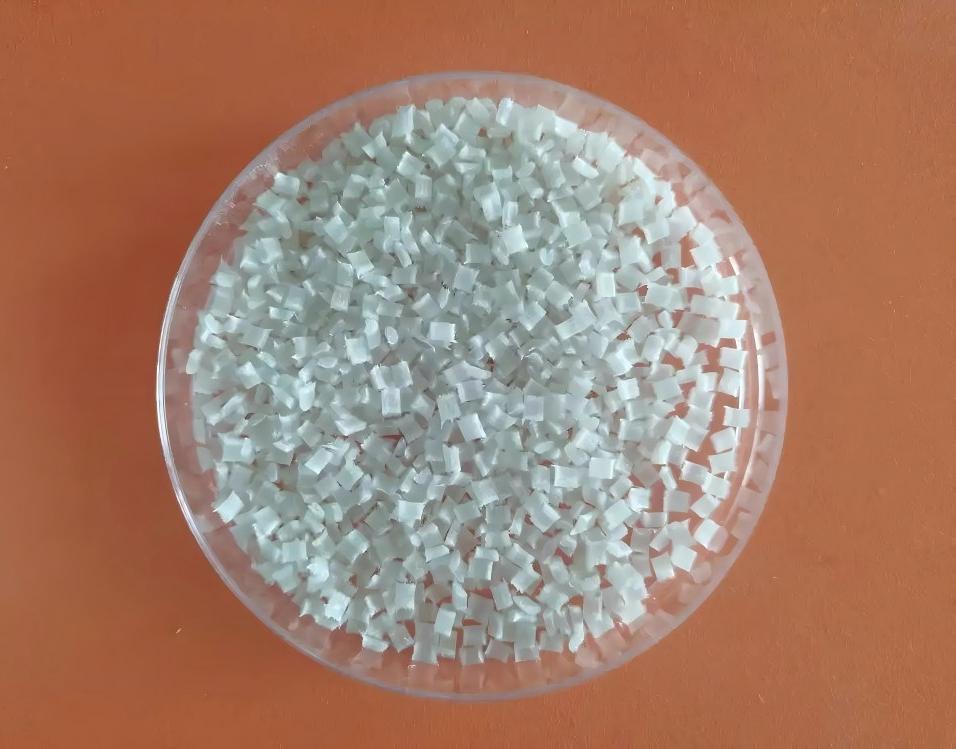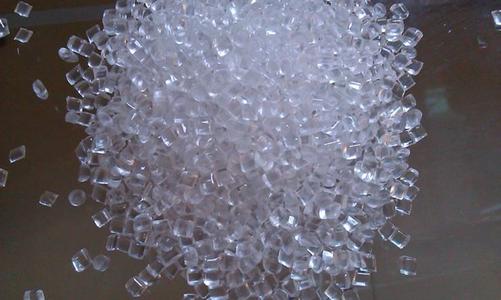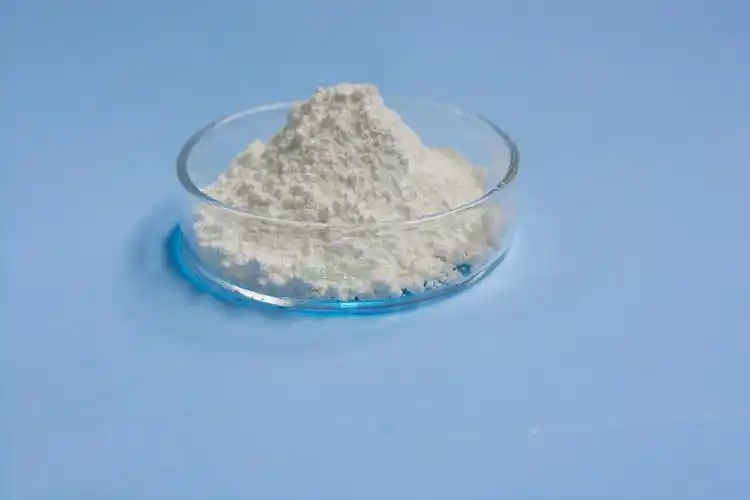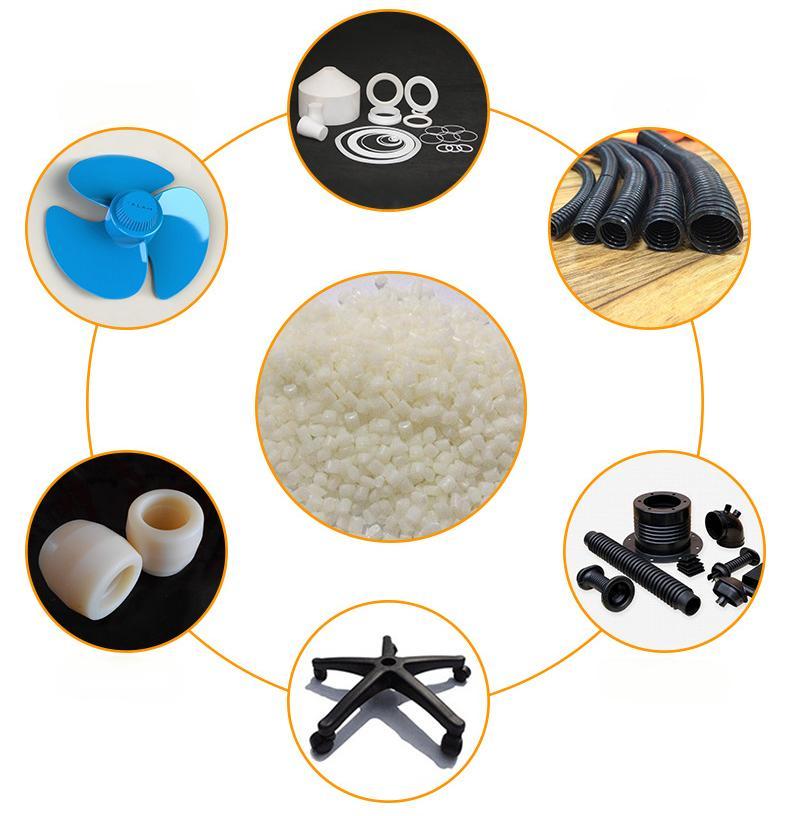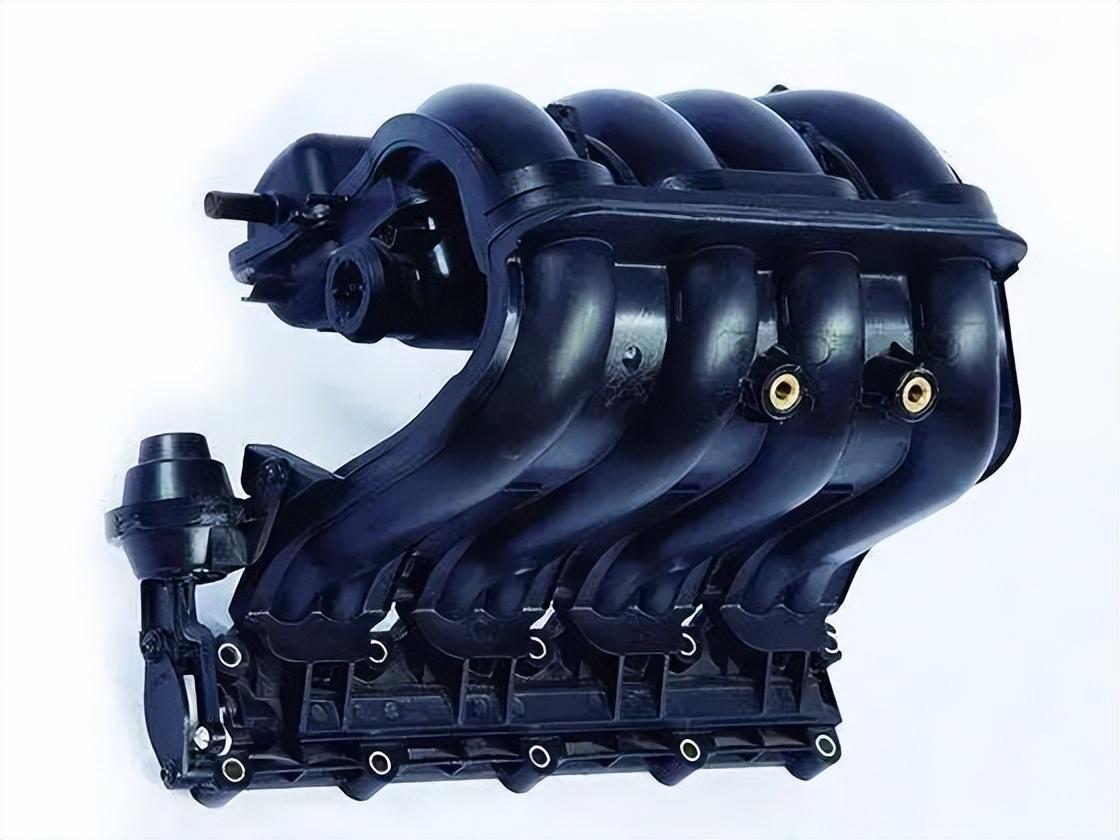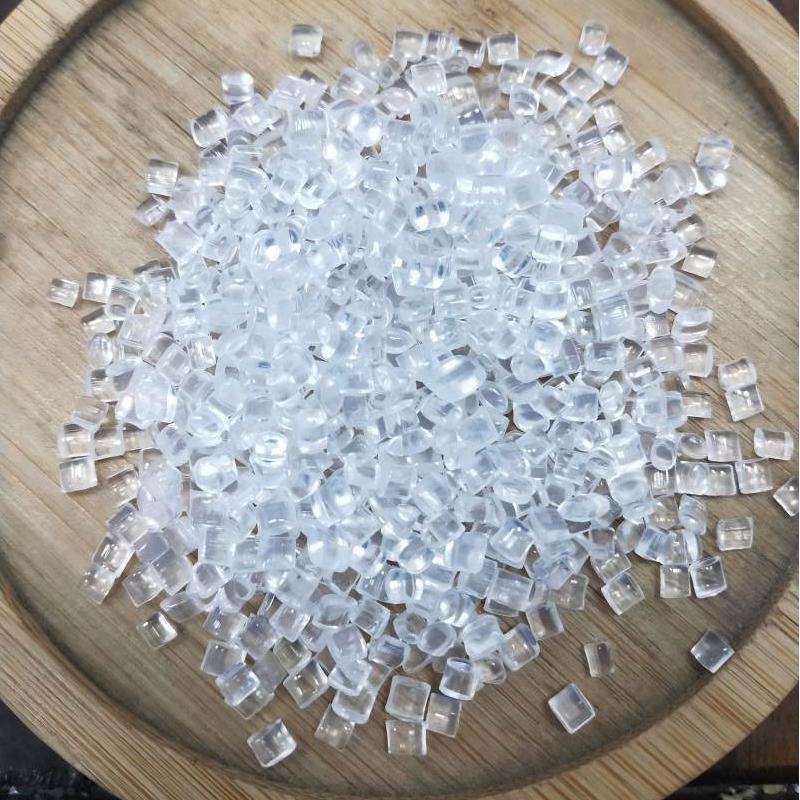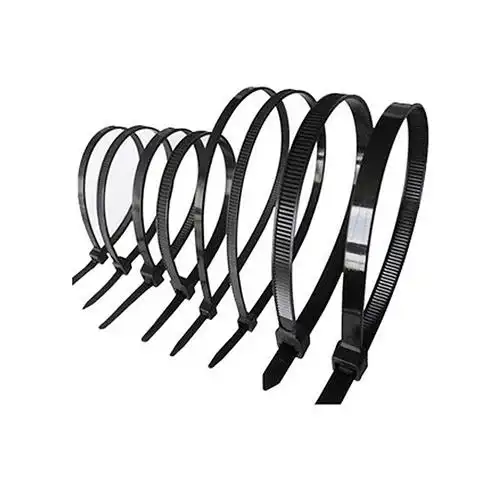| Physical Properties | Metric | English | Comments |
|---|
| Specific Gravity | 1.42 g/cc | 1.42 g/cc |
| Density | 1.42 g/cc | 0.0513 lb/in³ |
| Filler Content | 43 % | 43 % |
| Linear Mold Shrinkage | 0.0030 cm/cm
@Thickness 2.00 mm | 0.0030 in/in
@Thickness 0.0787 in |
| | 0.0080 cm/cm
@Thickness 2.00 mm | 0.0080 in/in
@Thickness 0.0787 in |
| |
| Mechanical Properties | Metric | English | Comments |
|---|
| Tensile Strength at Break | 200 MPa
@Temperature 23.0 °C | 29000 psi
@Temperature 73.4 °F |
| Tensile Strength | 185 MPa
@Temperature 23.0 °C | 26800 psi
@Temperature 73.4 °F |
| Elongation at Break | 2.8 %
@Temperature 23.0 °C | 2.8 %
@Temperature 73.4 °F |
| | 3.0 %
@Temperature 23.0 °C | 3.0 %
@Temperature 73.4 °F |
| Tensile Modulus | 12.5 GPa
@Temperature 23.0 °C | 1810 ksi
@Temperature 73.4 °F |
| Flexural Strength | 269 MPa
@Temperature 23.0 °C | 39000 psi
@Temperature 73.4 °F |
| Flexural Modulus | 11.0 GPa
@Temperature 23.0 °C | 1600 ksi
@Temperature 73.4 °F |
| | 11.0 GPa
@Temperature 23.0 °C | 1600 ksi
@Temperature 73.4 °F |
| Izod Impact, Notched | 1.70 J/cm
@Temperature 23.0 °C | 3.18 ft-lb/in
@Temperature 73.4 °F |
| Izod Impact, Unnotched | 16.0 J/cm
@Temperature 23.0 °C | 30.0 ft-lb/in
@Temperature 73.4 °F |
| Izod Impact, Notched (ISO) | 15.0 kJ/m²
@Temperature -40.0 °C | 7.14 ft-lb/in²
@Temperature -40.0 °F |
| | 17.0 kJ/m²
@Temperature 23.0 °C | 8.09 ft-lb/in²
@Temperature 73.4 °F |
| Charpy Impact, Notched | 1.60 J/cm²
@Temperature -40.0 °C | 7.61 ft-lb/in²
@Temperature -40.0 °F |
| | 1.70 J/cm²
@Temperature 23.0 °C | 8.09 ft-lb/in²
@Temperature 73.4 °F |
| |
| Electrical Properties | Metric | English | Comments |
|---|
| Comparative Tracking Index | >= 600 V
@Temperature 23.0 °C | >= 600 V
@Temperature 73.4 °F |
| |
| Thermal Properties | Metric | English | Comments |
|---|
| CTE, linear, Parallel to Flow | 10.0 µm/m-°C
@Temperature 23.0 – 55.0 °C | 5.56 µin/in-°F
@Temperature 73.4 – 131 °F |
| | 10.0 µm/m-°C
@Temperature 23.0 – 55.0 °C | 5.56 µin/in-°F
@Temperature 73.4 – 131 °F |
| | 16.0 µm/m-°C
@Temperature 55.0 – 160 °C | 8.89 µin/in-°F
@Temperature 131 – 320 °F |
| | 16.0 µm/m-°C
@Temperature 55.0 – 160 °C | 8.89 µin/in-°F
@Temperature 131 – 320 °F |
| | 21.0 µm/m-°C
@Temperature -40.0 – 23.0 °C | 11.7 µin/in-°F
@Temperature -40.0 – 73.4 °F |
| | 21.0 µm/m-°C
@Temperature -40.0 – 23.0 °C | 11.7 µin/in-°F
@Temperature -40.0 – 73.4 °F |
| CTE, linear, Transverse to Flow | 73.0 µm/m-°C
@Temperature -40.0 – 23.0 °C | 40.6 µin/in-°F
@Temperature -40.0 – 73.4 °F |
| | 73.0 µm/m-°C
@Temperature -40.0 – 23.0 °C | 40.6 µin/in-°F
@Temperature -40.0 – 73.4 °F |
| | 104 µm/m-°C
@Temperature 23.0 – 55.0 °C | 57.8 µin/in-°F
@Temperature 73.4 – 131 °F |
| | 104 µm/m-°C
@Temperature 23.0 – 55.0 °C | 57.8 µin/in-°F
@Temperature 73.4 – 131 °F |
| | 139 µm/m-°C
@Temperature 55.0 – 160 °C | 77.2 µin/in-°F
@Temperature 131 – 320 °F |
| | 139 µm/m-°C
@Temperature 55.0 – 160 °C | 77.2 µin/in-°F
@Temperature 131 – 320 °F |
| Melting Point | 217 °C | 423 °F |
| | 218 °C | 424 °F |
| Deflection Temperature at 0.46 MPa (66 psi) | 215 °C | 419 °F |
| | 217 °C | 423 °F |
| Deflection Temperature at 1.8 MPa (264 psi) | 205 °C | 401 °F |
| | 205 °C | 401 °F |
| UL RTI, Electrical | 105 °C
@Thickness 0.710 mm | 221 °F
@Thickness 0.0280 in |
| | 120 °C
@Thickness 3.00 mm | 248 °F
@Thickness 0.118 in |
| | 120 °C
@Thickness 1.50 mm | 248 °F
@Thickness 0.0591 in |
| UL RTI, Mechanical without Impact | 120 °C
@Thickness 1.50 mm | 248 °F
@Thickness 0.0591 in |
| | 120 °C
@Thickness 3.00 mm | 248 °F
@Thickness 0.118 in |
| Flammability, UL94 | HB
@Thickness 0.710 mm | HB
@Thickness 0.0280 in |
| | HB
@Thickness 1.50 mm | HB
@Thickness 0.0591 in |
| | HB
@Thickness 3.00 mm | HB
@Thickness 0.118 in |
| | HB
@Thickness 1.50 mm | HB
@Thickness 0.0591 in |
| | HB
@Thickness 3.00 mm | HB
@Thickness 0.118 in |
| | HB
@Thickness 0.710 mm | HB
@Thickness 0.0280 in |
| |
| Processing Properties | Metric | English | Comments |
|---|
| Melt Temperature | 290 °C | 554 °F |
| | 280 – 300 °C | 536 – 572 °F |
| Mold Temperature | 70.0 – 120 °C | 158 – 248 °F |
| | 100 °C | 212 °F |
| Drying Temperature | 80.0 °C | 176 °F |
| Dry Time | 2 – 4 hour | 2 – 4 hour |
| Moisture Content | <= 0.15 % | <= 0.15 % |
| |
| Descriptive Properties |
|---|
| Additive | Lubricant |
| Appearance | Black |
| Drying Recommended | Yes, if moisture content of resin exceeds recommended level |
| Features | Dimensional Stability, Good |
| | Moisture Absorption, Low |
| Filler | Glass fiber reinforcement |
| Generic | Nylon 612 |
| Material Status | Current |
| Part Marking Code, ISO 11469 | >PA612-GF43< |
| Polymer Family | Polyamide |
| Polymer Type | PA612 |
| Processing Method | Injection Molding |
| Product Category | Glass Reinforced Resins |
| Region Available – Americas | Yes |
| Region Available – Asia/Pacific | Yes |
| Region Available – Europe | Yes |
| Resin Identification | PA612-GF43 |
| Ultrasonic Weldable | Yes |
| Uses | Appliance Components |
| | Automotive Applications |
| | Electrical/Electronic Applications |
| | Industrial Applications |
